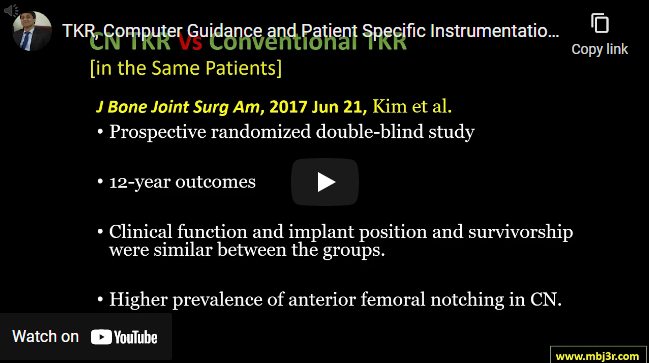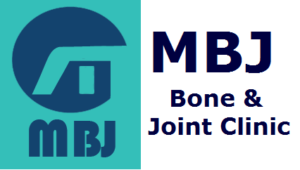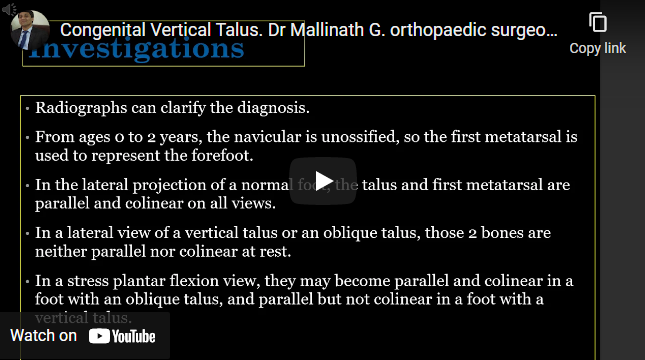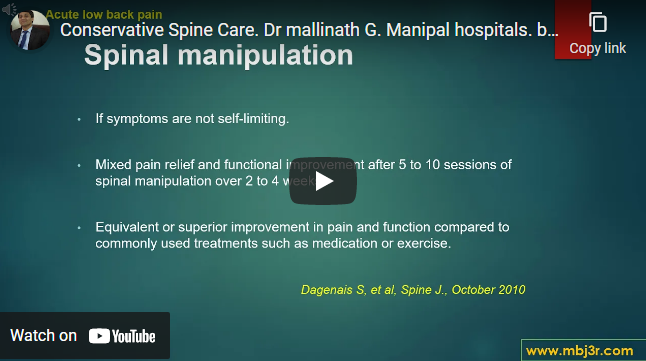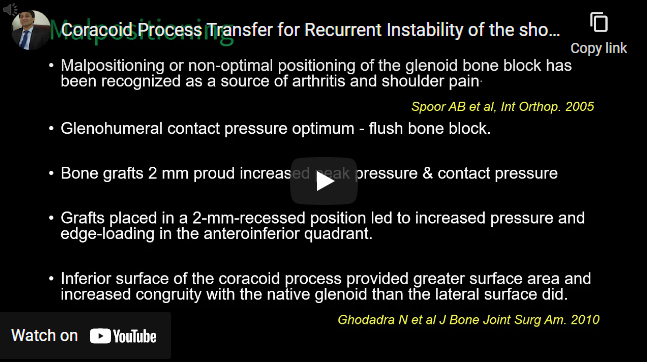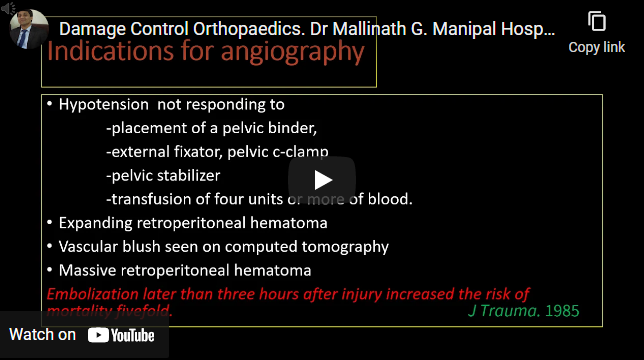No significant differences in long-term functional outcomes, revision rates, or incidence of aseptic loosening between conventional and navigation TKR Kim et al in their study found higher prevalence of anterior femoral notching in CN Routine use of PSI is not recommended in non-complicated TKA PSI is simpler, faster, and more accurate than CI. Predescu et al do not recommend PSI…
